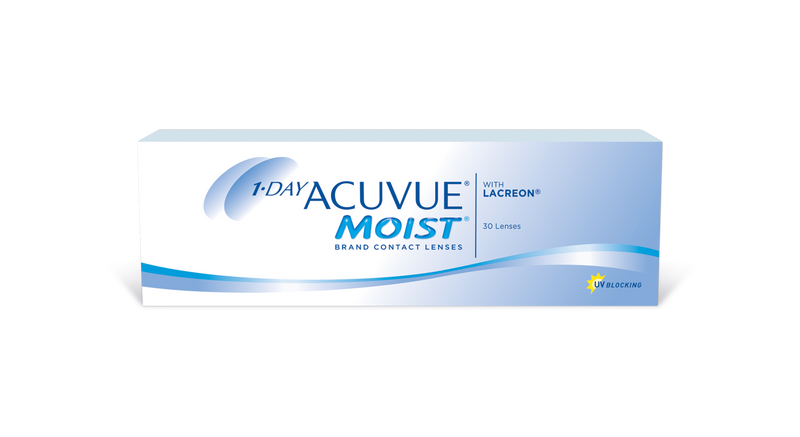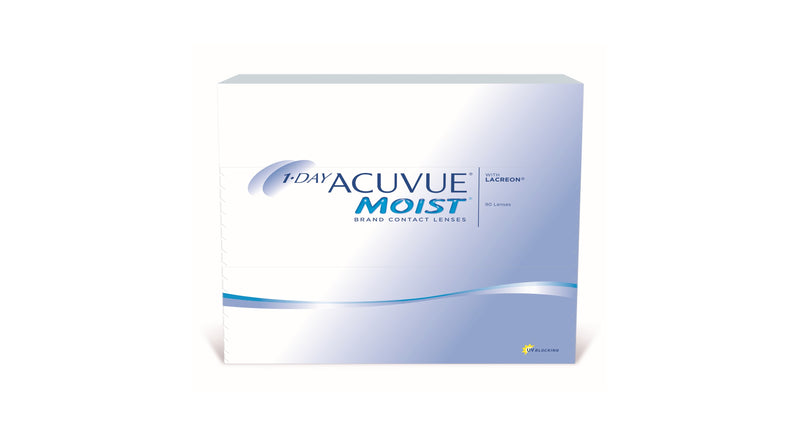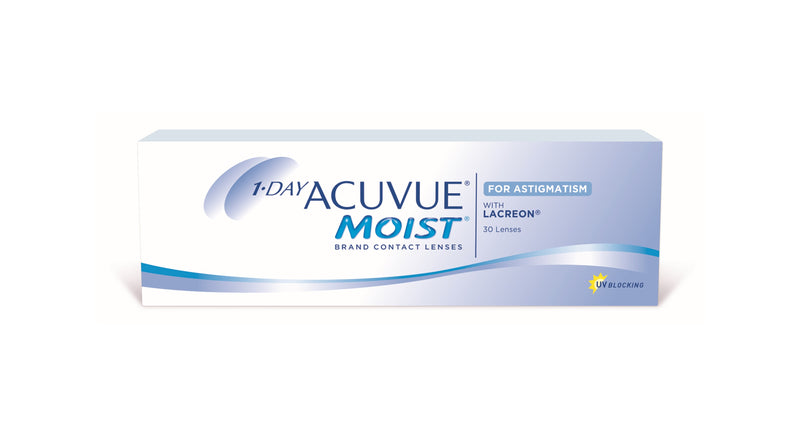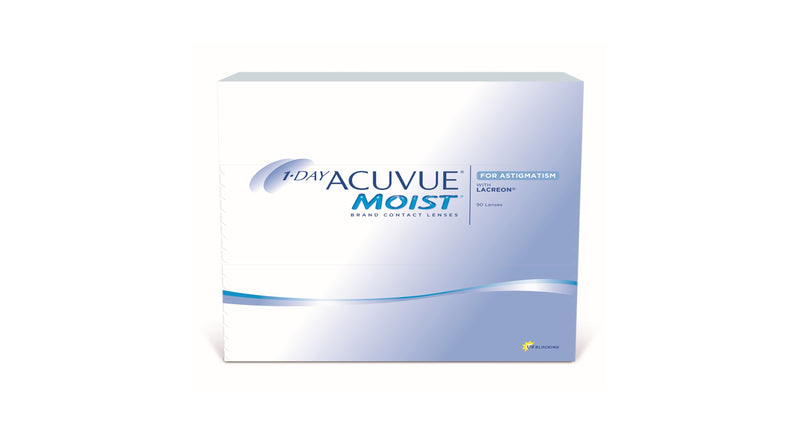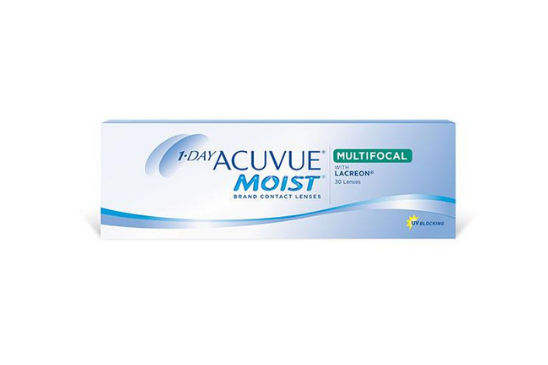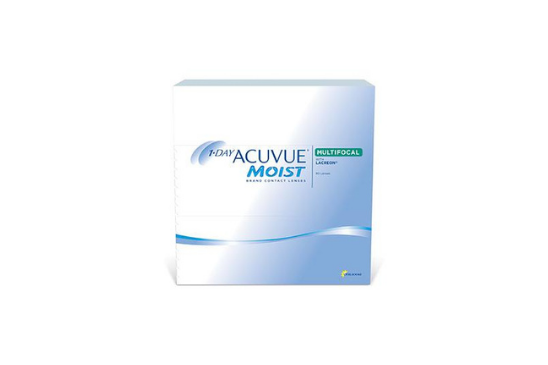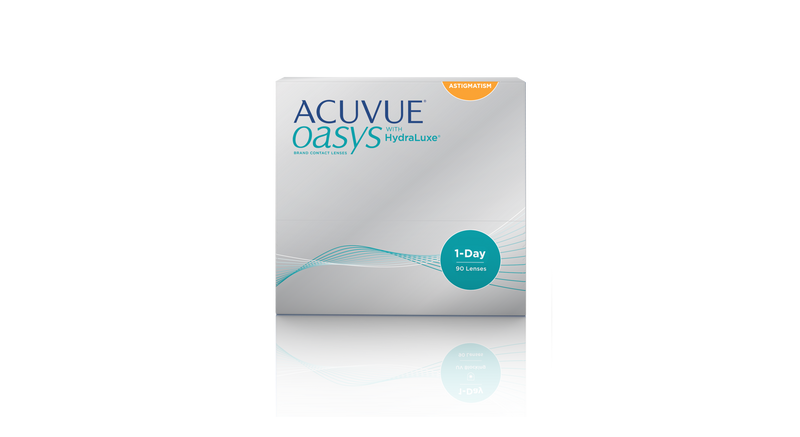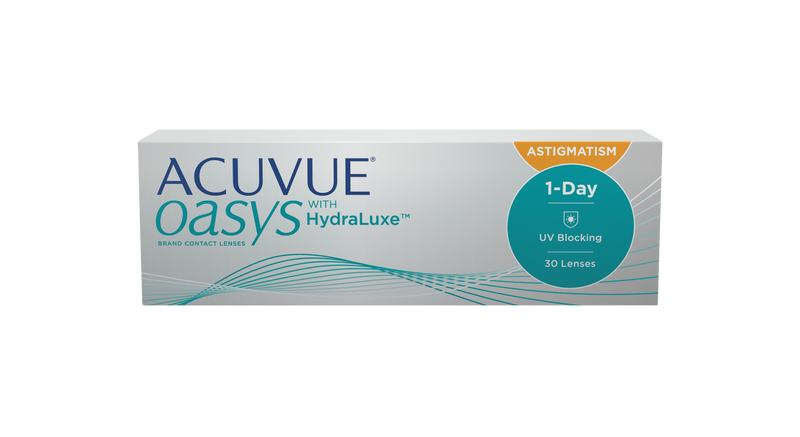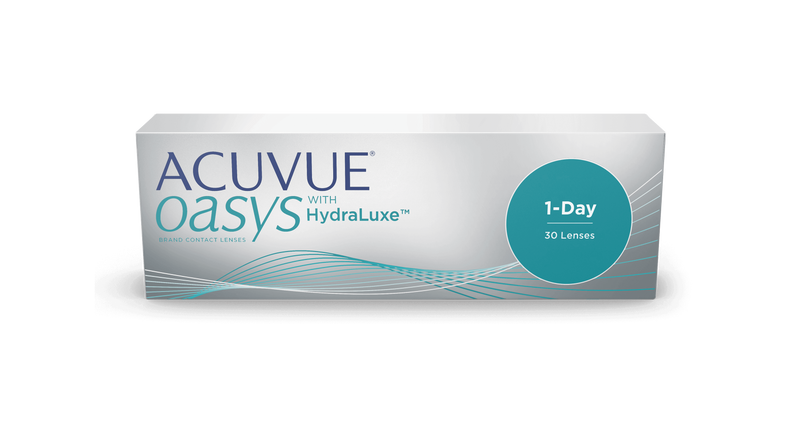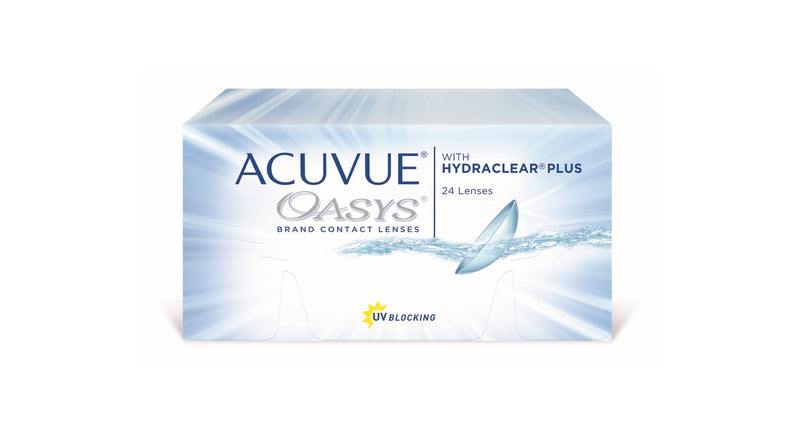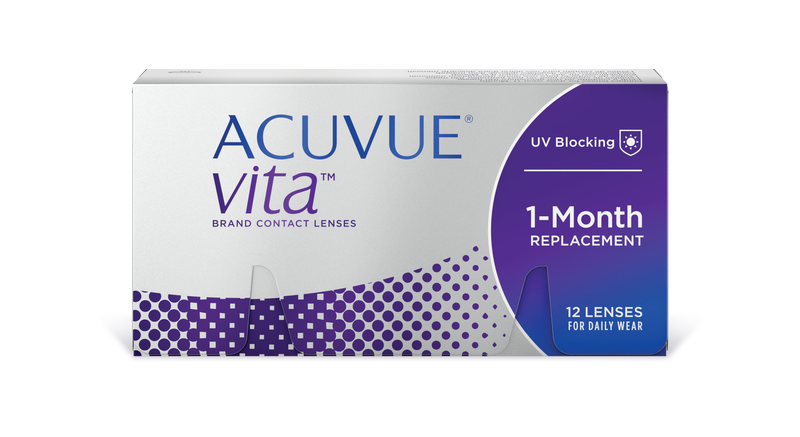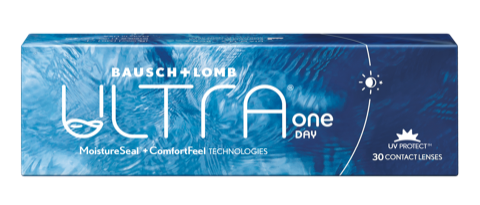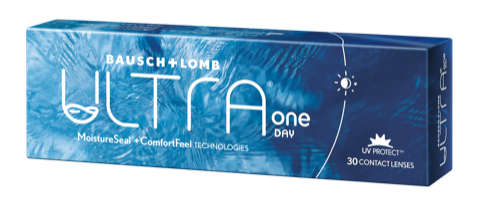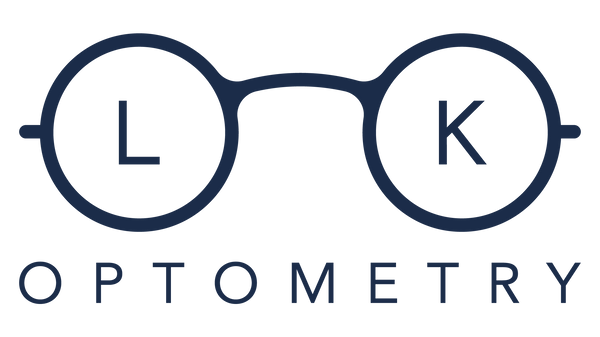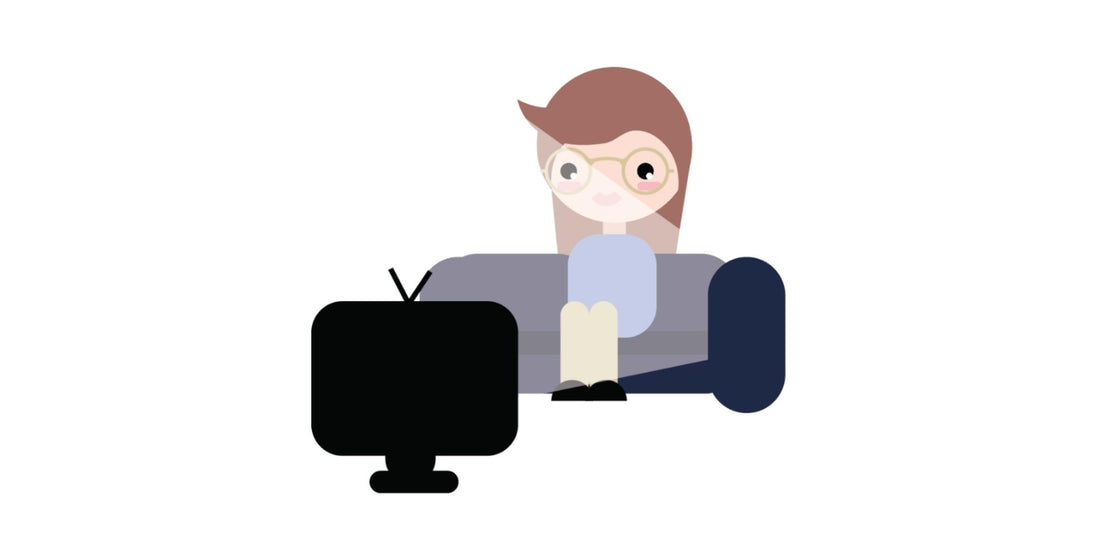
A Condition in Which the Lens of the Eye Loses its Elasticity is Known as Hyperopia
Share
Hyperopia vs Presbyopia: Understanding the Refractive Error
As mentioned previously, Presbyopia is a common condition that slowly happens due to age. When the eye hardens, it loses its elasticity and loses the ability to focus on nearby objects.
Hyperopia is a refractive error when the eye is shorter than normal that makes the light ray focus behind the retina instead of on the retina. People with Hyperopia will notice their distance vision is sharp, but they may experience blurred vision when trying to focus on nearby objects. The common factor between Hyperopia and Presbyopia is the challenge to see clearly on nearby objects and the impact on focusing ability. Both conditions are types of refractive errors that can be managed with corrective lenses or surgeries.
Hyperopia (Farsightedness) can happen to anybody. It is a common condition that can start happening during someone’s childhood. With children, the eye will keep growing and changing. It will adapt once it takes its proper shape and size. With Hyperopia at the beginning stages for children, they will notice a few challenges. For example, when reading a book, children might hold books at an arm’s length. For children, it’s important to schedule an appointment for an eye exam with your local optometrist to start correcting it. If conditions worsen, they can develop cross-eyes. On the other hand, Presbyopia happens due to age, usually in someone’s late 30’s to 50’s. People will lose their ability to focus on close work. Feel free to book an appointment at Look Optometry in Surrey to start correcting your vision.
Hyperopia affects the ability to see distant objects clearly, making it difficult to focus on near objects while distant objects remain sharp.
History of Hyperopia

In this day and age, our focus is always on near objects. By that we mean we are almost always on our laptops or smartphones doing work, finding entertainment and connecting with our loved ones. Screens are now part of our everyday lives compared to in the past. Because of that, we have to take care of our eyes. The crystalline lens plays a crucial role in focusing light onto the retina, and its elasticity changes with age, affecting our ability to see clearly at different distances.
Farsightedness is a common condition that happens often with this generation due to the use of technology. To make your eyes feel relieved from the eyestrain of technology, one should always add a blue light blocker to the lenses to protect the retina. Additionally, using corrective lenses can help alleviate eyestrain by providing the necessary vision correction. Make sure you take a 20/20/20 second rule. That’s every 20 minutes you will be taking a 20-second break and looking at the distance (20 feet away).
Early Symptoms of Hyperopia: Recognizing Blurred Vision

-
With children, you might notice them rubbing their eyes often.
-
Will lose their interest in reading or when doing activities that require near vision.
-
Eyes are fatigued after reading for a long period.
-
Experience of eye strain followed by headache.
-
Difficulty focusing and reading small print in the near vision.
-
Can cause the vision to blur when dimmed lighting or at night.
-
Squinting when you are trying to see everything clearly.
-
Hyperopia affects clear vision and the ability to see fine details.
-
Light rays focus behind the retina in hyperopia, leading to blurred vision.
How to Prevent Hyperopia from Worsening

Once Hyperopia occurs in the eyes it will be very challenging to get rid of but, you can follow simple steps to make sure your eyes are staying at a stable rate.
-
Having a healthy diet will always strengthen you, and your eyes will thank you when you take Omega-3. Eating healthy foods like protein, vegetables, and fruits will help your eyesight and your eye health. It is advised at Look Optometry to eat healthy to keep your eyes healthy along with other eye care essentials we offer!
-
Stop smoking! Smoking is not just harmful to the lungs but the health of the eyes. It will affect the colour prescription and over time it can be the cause of many eye conditions.
-
Always remember to do the 20/20/20 rule, if your work is mostly on a computer screen.
-
When playing sports, having a dangerous job, or when surrounded by strong scents, always protect your eyes with safety glasses.
-
Having an annual examination, even if you see well, you might have other unrecognizable conditions. Feel free to reach out to us for an Eye Exam in Surrey
-
Have an examination with a family doctor to make sure your other health conditions are stable.
-
Always wear your prescribed contact lenses and glasses. Continue to go to your local Optometrist
-
Dry eyes can make you feel uncomfortable and can cause blurriness, use eye drops to lubricate your eyes and to relieve some of the eyestrain.
-
Decrease brightness when using the screen. The brightness from the screen will damage the eyes! That is why it is important to add blue light blocking and anti-glare coating.
-
Controlling high blood pressure is crucial to prevent eye conditions such as macular degeneration.
-
Colour vision plays a significant role in overall eye health. Regular eye exams are important to test for colour vision and detect any deficiencies.
Treatment for Hyperopia

Multifocal Glasses:
Bi-Focals: Bi-focals is ideal for patients whose lifestyle consists of distance and near vision only. It has a separation line between the two segments distance on top and near at the bottom of the lens. The distance portion is regularly larger than the reading portion to allow more control to switch from distance and reading portions. It will give you a better vision and a safer experience while driving. The bottom segment is used for reading and close-up work like painting, knitting, and even reading book/text messages.
Bifocals are measured at the lower eyelid of the patient. At this point, you will have to have your head straight and drop your eyes to the near portion for reading.
Tri-Focal: Similar to Bi-focal, with the separation lines, it has three segments instead of two. They are distance, intermediate, and near. The intermediate portion is created for computer use which is the distance of 18 to 25 inches away. You will notice that the intermediate zone is generally small just between the distance and reading portion.
Trifocals are measured from the bottom of the pupil, so in that case, you will find that the separation will be higher than the Bi-Focal lens.
Having blue light protection lenses are very important to reduce eye strain and redness after computer use. It protects your eyes from the blue rays that come from the screen. As your local Optometrist in Surrey, we always recommend blue-light-blocking lenses because we always want the best for your eye health.
The blue-light-blocking lenses will improve your night vision and your overall vision.
Progressives: The progressive lens has modern technology. It provides you with seamless technology between transitioning from distance, intermediate, and reading zone.
Progressive lenses will give you a youthful look because the three zones are not visible. Are you tired of having to go back and forth with your glasses? Progressives are all included in one pair! The downside to progressives is that they are a challenge to get adjusted to. You will need about a week to get adjusted.
-
Distance in the top portion of the lens is great for driving, sports, and the ability to focus on faraway objects.
-
The middle range provides an intermediate zone, for computer use.
-
The bottom segment is reading and close-up work.

Contact Lenses:
There are three different types of contact lenses: bifocal, multifocal, and mono-vision.
Bi-Focals Lenses: Similar to bifocal glasses, they have a separation line between two segments. The top is distance, and the bottom section is the near zone.
Multifocal Lenses: This is a great lens for Hyperopic patients who prefer a better overall experience.
This is the best choice of contact lens for farsighted patients. It has a center focusing point that is surrounded by rings. The rings alternate between distance and near powers, depending on the wearer's focusing point. It will use its technology to adjust for distance or near vision. This allows you to have a crisp vision with a seamless experience.
Monovision Lenses: The monovision lenses will take time to adjust. It is a process to focus on the image to get your brain used to it. The adjustement period can take up to one to two weeks. The more you wear them, the better your vision will get. Follow the correct directions that your provides you with, we provide the best training for contact lenses, and we want to ensure the health of your eyes.
Monovision contact lenses are for the dominant eye is distance vision, and the other is focused on the near vision for reading and close up work. Both eyes and brain will work together to focus on the far vision and also when reading.

Surgery Option: (Refractive Surgery)
-
LASIK (Laser-assisted in situ keratomileusis): With this laser surgery procedure, your eye surgeon makes a thin, hinged flap into your cornea. The ophthalmologist uses a laser to adjust the curves of the cornea to correct farsightedness.
-
Laser-assisted subepithelial keratectomy (LASEK). The surgeon creates an ultra-thin flap only in the cornea’s outer protective cover (epithelium). The ophthalmologist uses a laser to reshape the cornea’s outer layers, changing its curve, and then replaces the epithelium.
-
Photorefractive keratectomy (PRK). This procedure is similar to LASEK, except the surgeon completely removes the epithelium, then uses the laser to reshape the cornea. The epithelium is not replaced but will grow back naturally, conforming to your cornea’s new shape.
Look Optometry in Surrey

Look Optometry in Surrey can help your whole family! We can check for possible hyperopia, presbyopia, astigmatism and we can check your overall eye health. During eye exams, we also assess the health of the optic nerve, which is crucial for transmitting visual information from the retina to the brain. We’re here to make sure your eyes are healthy, so feel free to call us and book your appointment. Or book online through our digital booking platform.
There’s no harm in an eye exam! Your eyes will thank you for it.
